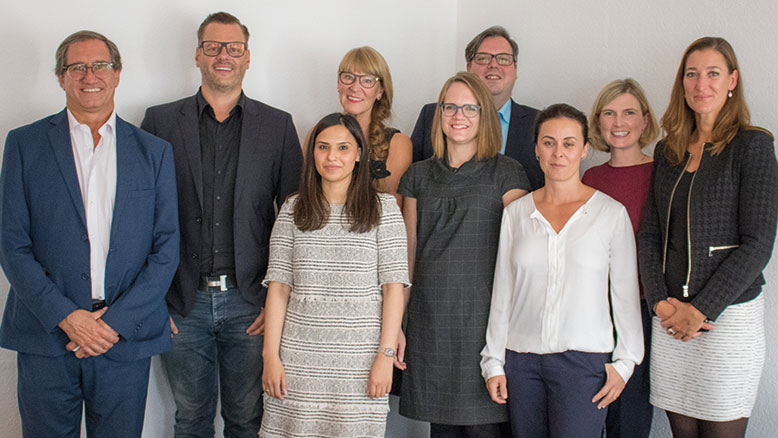- OT
- Industry
- Contact lenses
- Tried and tested
Advertorial
Tried and tested
Practitioners share their experiences of working with CooperVision’s new monthly contact lens, specially designed for today’s digital world
Advertorial content is paid for and produced by a sponsor, and is reviewed and edited by the OT team before publication.
08 December 2016
Following the clinical data on the prevalence of digital eye fatigue, CooperVision has responded with the development and launch of Biofinity Energys.
Reflecting on the key characteristics of the product for patients, Hans-Peter Platten noted “one of the most important factors is to be able to wear the lens comfortably for a long time. The 12 patients I tested had no stress, which helps with blinking.”
“Ask the right questions, establish a need. The products fits simply, like a single vision – it is unique.”
Gerd Synnøve Hollund told the group that she had found the product easy to start working with. “You know it is a good lens. For the 10 patients I tested, the visual acuity was intact – especially myopes. They did not notice any problems at distance.”
Gillian Bruce commented that she found each person she sees in practice has different symptoms of digital eye strain.
“At first a lot were having surface issues – dryness rather than vision problems. I thought I could put them in Biofinity and they would be fine, but I did a couple of trials and found that some patients preferred Energys. If you have accommodative problem, Energys helps with that, and if it is dry eye problem the product helps with that. It is powerful message to be tackling two fronts.”
Asked how she would describe the product to the patients, Diba Choudhury explained: “It is about going back and educating them about accommodative stress on their eye in a way that they will understand – that is to say, that their muscles are having to work that bit harder when they are looking at digital devices. Most of the time, they are not conscious of it, but general fatigue is happening.”
 Watch more from the CooperVision roundtable briefing
Watch more from the CooperVision roundtable briefing
She added: “It is then about explaining you can have a lens that is just as comfortable as a normal lens, but with an added innovative design, designed to relieve the stress on the eye muscles.”
Elena Garcia Rubio told the group that she initially had doubts about the product, but had found that Biofinity Energys performed “really well.”
Roger Anhalm noted that a number of the patients he trialled with the new lens described their vision with Biofinity Energys as “perfect.”
Eva Kristina Söderqvist said that she had trialled the lens with patients who, despite being daily disposable wearers, had decided to move to Biofinity Energys because of the level of comfort that they offered.
Manage expectations
With the launch of any new product, managing the expectations of the patient is important, the group concluded.

“I never say a lens is going to ‘reduce’ eye fatigue. I say the lens ‘works’ on eye fatigue, said Ms Rubio.
Ms Bruce explained the role of the practitioner is to set out explain what the problem is that the patient is suffering from, and what the lens can do to ameliorate the problem.
For Mr Anhalm, it is important to take into account that different patients have different needs. “If you have a patient that is really evidence-based, you can share research that shows that eight out of 10 people see an improvement using a computer. Other patients might respond to more emotional-based factors.”
Reflecting on creative ways to prescribe the lens, one demographic that will particularly benefit from Biofinity Energys is the pre-presbyopia segment. Ms Rubio noted: “They are really happy with the lens – it has a little positive.” For Ms Choudhury, this reaction from pre-presbyopic patients is “proof that the lens works.”
The group also heard that Ms Hollund had fitted the product with a patient monovision, noting that “they experienced better vision up close.”
The discussion closed by reflecting on the advice they attendees would give to fellow eye care practitioners about prescribing the lens.
Ms Bruce said practitioners should keep it simple. “Ask the right questions, establish a need. The products fits simply, like a single vision – it is unique.”
The group agreed that stressing the ‘digital’ element of the product is key.
“Biofinity Energys is the only one on the market,” Ms Choudhury concluded. “There is nothing else to compare it to – it is the only one that has digital zone optics. We need to give the product to the patient and let them try it for themselves – and they can see the benefit.”


